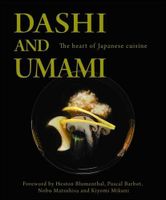Advertisement
Sababushi

These dried mackerel shavings are primarily made using gomasaba (blue mackerel). In common with sodabushi, depending on the size of the fish, it is either cut in two (waribushi or ‘split’ fushi) or kept whole (marubushi or whole fushi). The production process is similar to that of katsuobushi, with the fish being simmered and dried before being shaved into arabushi. Karebushi that have undergone the moulding process are also available, and are particularly prized by soba noodle restaurants, in the Kanto area. The main characteristic of sababushi is that it results in a dashi that is rich in the savoury taste of umami. The taste is clean and pure, and the aroma is light and refreshing, though can be somewhat transient. It is not generally used on its own, but in conjunction with magurobushi and sodabushi.

